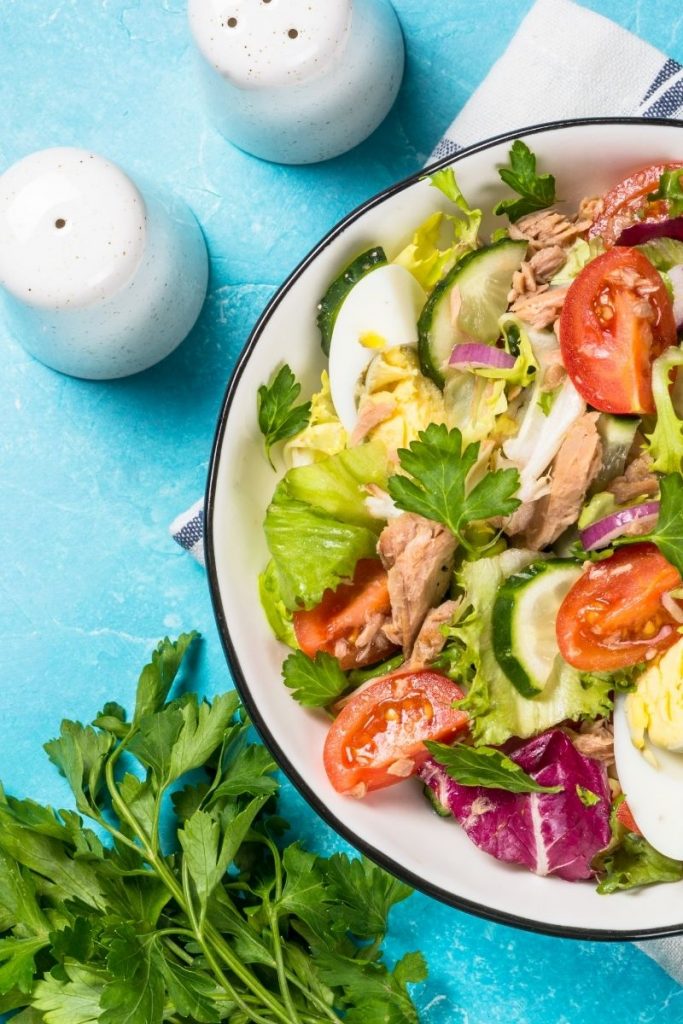Over the course of this blog, I have talked a lot about various aspects of the ketogenic diet, how to overcome the obstacles that are faced doing the diet, and how to really prosper and fully enjoy the ketogenic experience. I have touched on how keto works, but I wanted to take this opportunity to get more in-depth about the nitty-gritty of keto, how it works, and what to know to truly stay on track.
On a traditional diet, your body uses carbohydrates as a source of fuel. There are three types of carbohydrates: sugar, starches and fiber. When carbs are consumed, they are broken down into sugar, When the amount of sugar in your system rises, the pancreas releases a chemical called insulin, which moves the sugar from the blood into the cells of the body, and then acts as a primary source of fuel (American Heart Association, 2018). A lot of high-level athletes consume carbs in abundance before big events because they are an easy fuel source, are readily available, and are oftentimes delicious.

When you stop introducing carbs into the body to be used for fuel, your body has ways of adjusting to this lack of quick-fuel energy. When ketosis occurs, the liver breaks down fat into fatty acids and glycerol. Ketone bodies have been shown to be more effective at being a stable source of energy than the glycose that is derived from carbohydrates, thus being beneficial for participants who are not consuming carbohydrates in excess (Metabolic Research Center, 2020).
In laymen’s terms, this means that as carbs are no longer readily available to be used for energy, your body adjusts and uses the ketones produced by fat as the main energy source. This has been shown to have various benefits apart from the fact that it is a great weight-loss tool, and while there is an adjustment period since the body is so used to converting carbs to energy, using fat as an energy source is becoming more and more accepted in the health community.